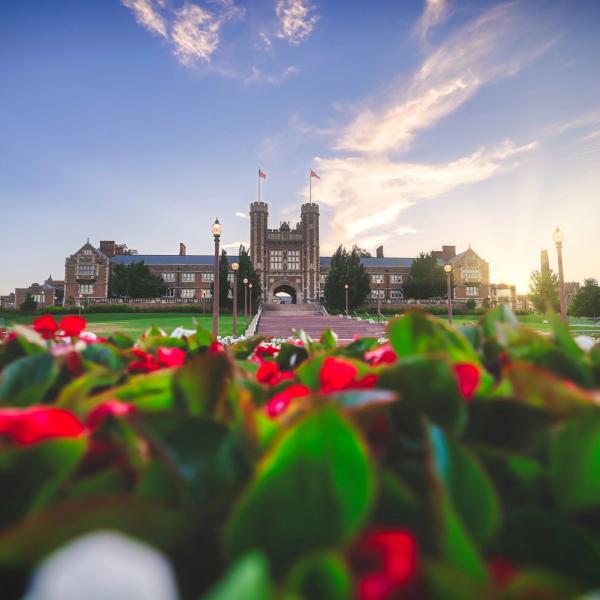Professor Paul Michael Lützeler's talk at McGill University in Canada on Nov 5, 2014 at 4 PM
In all parts of the world economic continental unions are developing: in Asia, North America, South America, in Africa and in Europe. The European Union is the oldest of them. Its forerunners started already in the 1950ies. By now the European Union is more than just a free trade association since its countries cooperate on many levels: political, legal, financial, and educational -without trying to become a centralized state. The ideas of such a federation are centuries old, and a farsighted plan was that of the Duke of Sully written during the Thirty Years War. Ever since intellectuals and writers (particularly from France) have contributed to the discourse of a federated and peaceful Europe. These visions normally came up after catastrophic wars that shattered the foundations of European culture. Names like those of Jean-Jacques Rousseau, Saint-Simon, Victor Hugo, Giuseppe Mazzini, Bertha von Suttner from the 18th and 19th centuries have to be mentioned here. Richard Coudenhove- Kalergi's book "Pan-Europe" was the blue-print of a new continental movement after the First World War and had an impact on the founders of the European Economic Community (1957). After the Second World War writers like T.S. Eliot and Klaus Mann supported the idea of a united Europe, and the debate on Central Europe in the 1980ies prepared the way for the re-unification of Europe after the ending of the Cold War. Today there are American writers like Jeremy Rifkin and T.R. Reid reflecting on the merits of the European Union, as do Turkish authors like Orhan Pamuk, German, Austrian and Swiss intellectuals like Hans
Magnus Enzensberger, Robert Menasse, and Adolf Muschg. Europe is not just an economic association but a cultural idea.
For more information, please click on the flyer.




